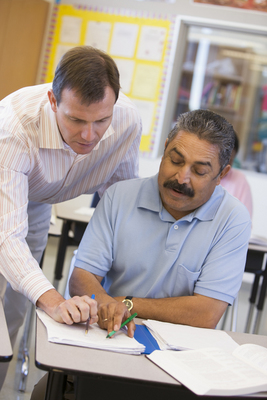Second Language Acquistion
By Julio Foppoli

As we saw in our previous mini-article, children acquire language through a subconscious process during which they are unaware of grammatical rules.Their interaction with the environment (i.e. primarily parents and people they have constant contact with) added to their innate capacity to acquire language results in a perfect or almost perfect mastery of their native tongue in a relatively short period of time.
In other words, their need to communicate added to their innate capacity plus the exposure they get from their environment drive their language acquisition process. In short, it is through interaction and meaningful communication that they acquire the language.
What is important to highlight here is that although this is the process we all go through while acquiring our mother tongue, this mechanism is not restricted first language acquisition. And that is great news for us!!!
In a second language setting , that is to say, with people learning a second language and of any age group, by applying the same principles that rule first language acquisition we can make our students "acquire" the language naturally.
What does this mean?
This means that in order to gain mastery of a second language it is necessary to have a classroom in which…
a) communication, NOT grammar is the absolute focus of the class AND b)everything presented must be meaningful to the student.
Reflection:
- Think about your Spanish learning for a moment.Have your lessons revolved around communication and meaningful interaction?
- Do you feel the approach used by your teachers has been appropriate in the light of current research?